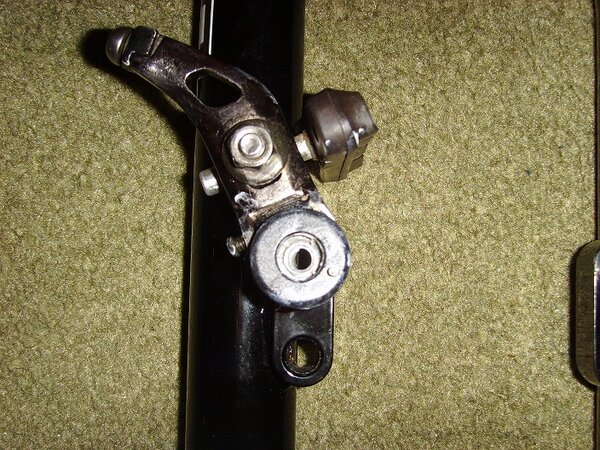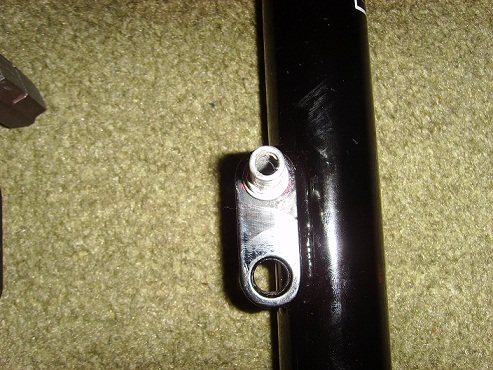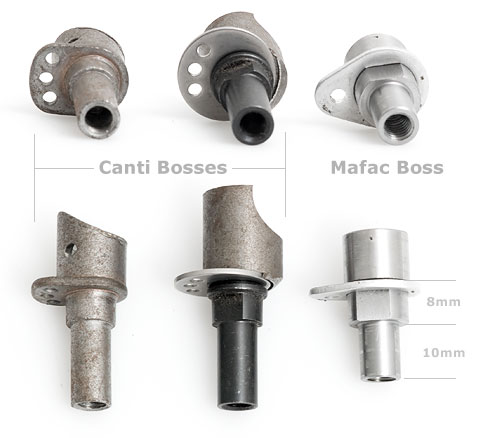Currently getting all the bits together to build up a GT Outpost Trail frame into a single speed but I've hit a problem. I bought some Charge Nozzle forks on the bay which are V-Brake/Cantilever mount only, however the problem is there were no bosses included with the forks so I headed off down to my LBS who happily supplied me with some, but there are no holes either in the forks or with the bosses (obviously) to allow you to fit V/Canti brakes. So can anyone shed any light on what I can do to overcome this problem.
Thanks in advance
Liam
Thanks in advance
Liam



